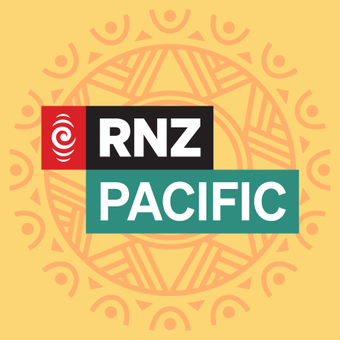Topics in Polynesian language and culture history
- Description:
- This book is a revised version of a doctoral thesis submitted to the Department of Linguistics, Research School of Pacific and Asian Studies, The Australian National University, under the title Polynesian language and culture history. The thesis was developed over a five-year period, 1 992 to 1 996. During the first year I settled upon a topic and began studying East Polynesian reconstructions in Biggs ' Pollex. By about mid 1 99 3 (Marck 1 996a) I was impressed with the extent o f sporadic sound changes among the established East Polynesian...
- Display date:
- 2015
- Location:
- Polynesia
- Format:
- book
- Collections:
- Australian National University Library
- Publisher:
- Pacific Linguistics, Research School of Pacific and Asian Studies, The Australian National University
- Content partner:
- Australian National University Library
- Availability:
- Not specified
-
Copyright status: All rights reservedFind out more about what you are able to do with this itemThis item is all rights reserved, with means you'll have to get permission from Australian National University Library before using it. For more information, please see our use and reuse page.What can I do with this item?Non-infringing useNZ copyright law does not prevent every use of a copyright work, and this item may be hosted by an international institute or organisation. You should consider what you can and cannot do with a copyright work.No sharingYou may not copy and/or share this item with others without further permission. This includes posting it on your blog, using it in a presentation, or any other public use.No modifyingYou are not allowed to adapt or remix this item into any other works.No commercial useYou may not use this item commercially.
Related items
Welcome and warm Pasifik greetings
The information on this site has been gathered from our content partners.
The names, terms, and labels that we present on the site may contain images or voices of deceased persons and may also reflect the bias, norms, and perspective of the period of time in which they were created. We accept that these may not be appropriate today.
If you have any concerns or questions about an item, please contact us.


